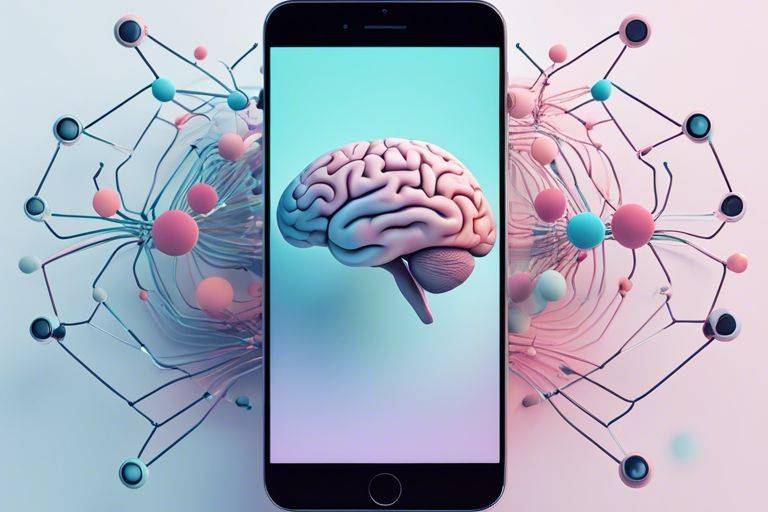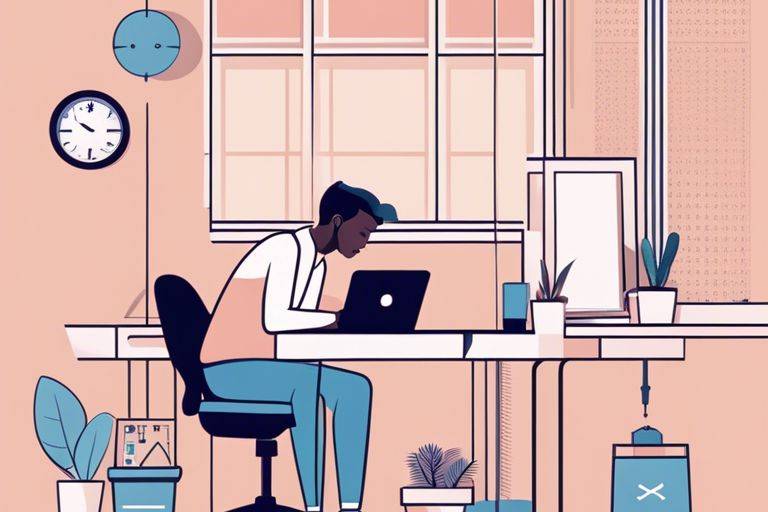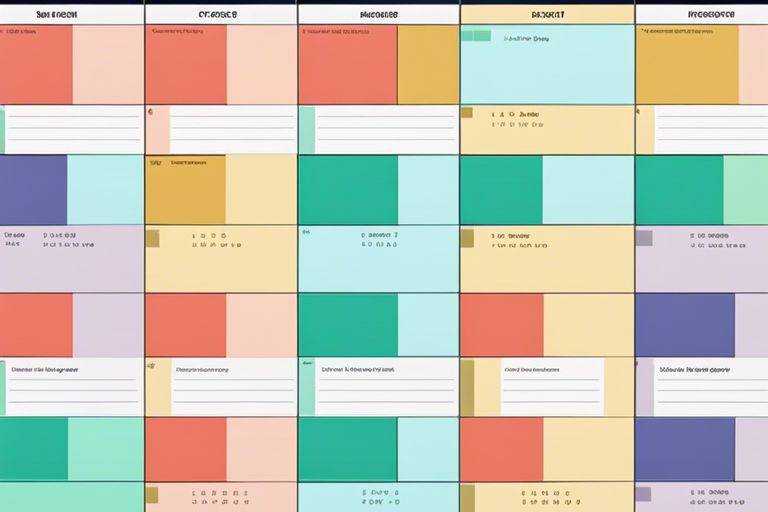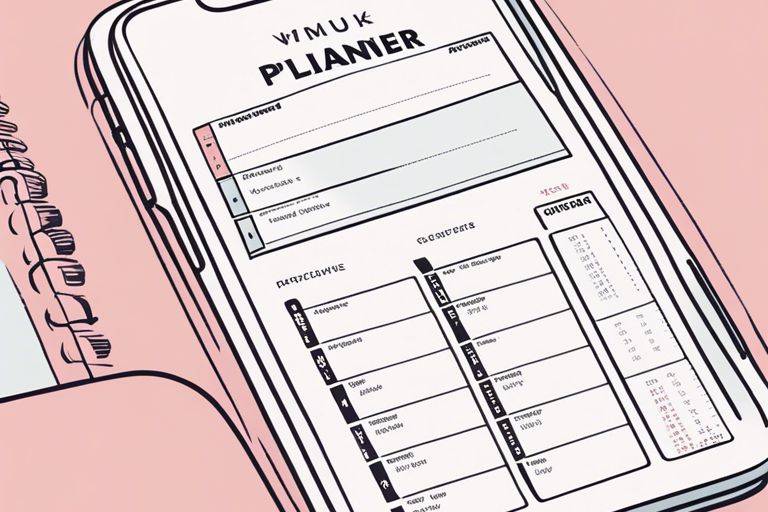Welcome Aboard!
Second Brain System! The 10 Best Second Brain Apps for Note-Taking in 2024 are here to revolutionize the way you manage information overload and boost your productivity. Whether you’re a student, professional, or creative individual, having a robust second brain system can make a world of difference in keeping your thoughts organized and ideas flowing. So, buckle up and get ready to launch on a journey towards enhanced creativity and efficiency!
The Age of Information Overload
Information overload is a common challenge in today’s fast-paced world. With the constant influx of emails, social media notifications, news updates, and work-related tasks, it’s easy to feel overwhelmed and scattered. Fortunately, the 10 Best Second Brain Apps for Note-Taking in 2024 offer a solution to this problem by providing a centralized platform where you can store, organize, and retrieve all your important information with ease.
The Promise of a Second Brain
Overload Information about how a second brain system can transform the way you work, think, and create. By offloading your brain’s cognitive load to a digital tool, you free up mental space for deep thinking, problem-solving, and innovation. Imagine having a reliable partner that remembers everything for you, allowing you to focus on what truly matters.
This promise of a second brain is not just about managing information; it’s about leveraging technology to amplify your cognitive abilities and unlock your full potential. With the right tools and strategies in place, you can harness the power of your second brain to achieve greater clarity, creativity, and productivity in all areas of your life.
Key Takeaways:
- Implement a Second Brain System: Establish a structured digital system to organize and store information efficiently.
- Utilize Note-Taking Tools: Make use of apps like Evernote, Notion, or Roam Research for capturing and organizing thoughts.
- Practice Capture and Process Method: Regularly collect ideas, notes, and information, then process and categorize them in your second brain system.
- Apply the PARA Method: Use the Projects, Areas, Resources, and Archives framework to categorize information for easy retrieval.
- Establish Information Filters: Create systems to filter, prioritize, and categorize incoming information to streamline your second brain.
- Regular Review and Refinement: Schedule time to review and refine your second brain system to keep it updated and relevant to your needs.
- Embrace Iteration and Improvement: Be open to tweaking and evolving your second brain system over time to optimize its effectiveness in managing information overload.
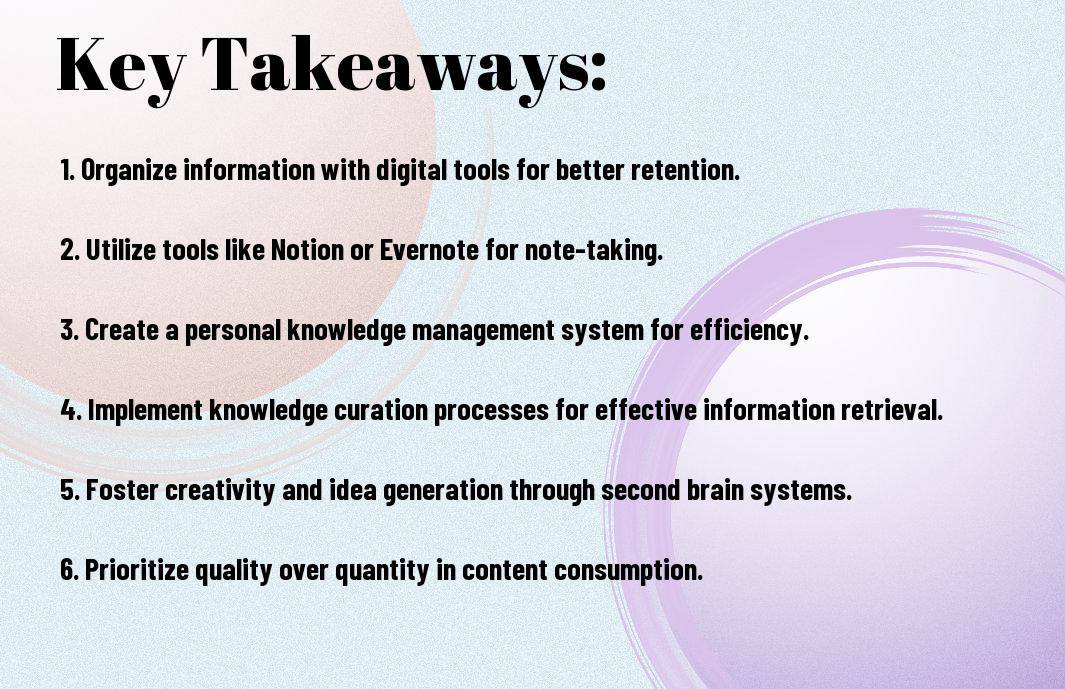
Understanding Your Second Brain
What is a Second Brain System?
While our brain is an incredible tool for processing information and generating ideas, it often gets overloaded with the constant stream of data we receive daily. This is where a second brain system comes in handy. Your second brain is a digital or analog system that helps you offload, organize, and make sense of all the information you encounter in your personal and professional life.
The Model Behind It All
An efficient second brain system is built on the principles of knowledge management, note-taking, and task management. By leveraging tools and techniques like note-taking apps, cloud storage, and digital calendars, you can create a digital extension of your mind that helps you capture, organize, and retrieve information effortlessly.
Your second brain system acts as a repository for all your thoughts, ideas, and resources, allowing you to connect disparate pieces of information, extract valuable insights, and boost your productivity and creativity in the process.
Laying the Foundations
Despite living in the era of abundant information, it’s imperative to build a robust second brain system to effectively manage and utilize this wealth of knowledge. By implementing the right strategies and tools, you can transform information overload into an organized and structured system that enhances your productivity and creativity.
Making the Mental Shift
Any successful second brain system begins with a mental shift in how you perceive and interact with information. Instead of viewing data as overwhelming and chaotic, start seeing it as a valuable resource that can be harnessed to fuel your ideas and projects. Embrace the mindset that your second brain is a tool to amplify your thinking and problem-solving abilities.
Essential Tools and Technologies
Mental tools like note-taking apps, mind mapping software, and information management platforms are imperative for building a strong second brain system. These tools help you capture, organize, and retrieve information efficiently, allowing you to offload cognitive load and free up mental space for creative endeavors. Investing time in learning and mastering these tools will significantly boost your productivity and streamline your workflow.
Making the most of imperative tools and technologies involves exploring various options to find the ones that best suit your needs and preferences. Experiment with different apps and platforms to determine which ones align with your workflow and help you achieve your goals. Keep in mind, the goal is to create a seamless system that supports your thinking and learning processes.
Organizing Your Thoughts
Your thoughts are valuable and diverse, and it can be overwhelming to keep track of them all. This chapter will guide you on how to efficiently organize your thoughts to avoid feeling swamped by information overload. By implementing a robust second brain system, you can ensure that your ideas are captured, categorized, and easily retrievable whenever you need them.
Capture Everything
With the constant stream of information bombarding us daily, it’s crucial to have a reliable system in place to capture all your thoughts in one centralized location. Whether it’s jotting down ideas in a notebook, using a note-taking app on your phone, or recording voice memos, make sure nothing gets lost in the shuffle. This ensures that every brilliant idea or important piece of information is safely stored for later use.
The Art of Categorization
To effectively organize your thoughts, you need to master the art of categorization. Create distinct categories or tags that will help you easily locate and retrieve information when needed. Whether it’s by topic, project, or urgency level, organizing your thoughts into clear categories will streamline your workflow and reduce the time spent searching for specific information.
To enhance the categorization process, consider using subcategories or hierarchies to further refine your organizational structure. This will allow for a more granular approach to sorting your thoughts and ensure that no idea gets lost in the digital abyss. Note, the goal is to make sure your thoughts are not only captured but also accessible and actionable whenever inspiration strikes.
Prioritizing Like a Pro
Not sure where to start in the overwhelming sea of information? Prioritizing effectively is key to managing your second brain system. By setting clear criteria and applying efficient methods, you can navigate through the vast amount of data, making sure what matters most never gets lost in the crowd.
Methods to Sort and Prioritize Information
Sort through your information systematically by categorizing it based on relevance, urgency, or importance. Utilize tools like tags, folders, or color-coding to segment your data according to your preferred method of organization. Embrace the power of to-do lists, calendars, and reminders to keep track of tasks and deadlines, ensuring nothing slips through the cracks.
Keeping Your Second Brain Lean and Mean
Your second brain is a reflection of your mind, so it’s crucial to keep it organized and clutter-free. Regularly declutter and purge outdated or irrelevant information to maintain a streamlined system that functions at its best. Avoid digital hoarding by archiving or deleting items you no longer need, allowing for better focus on what truly matters.
Methods like the Pomodoro technique can help you stay focused and productive while maintaining a lean second brain. By breaking your work into intervals with short breaks in between, you can increase efficiency and prevent information overload. Note, a tidy second brain leads to a clearer mind and sharper focus.
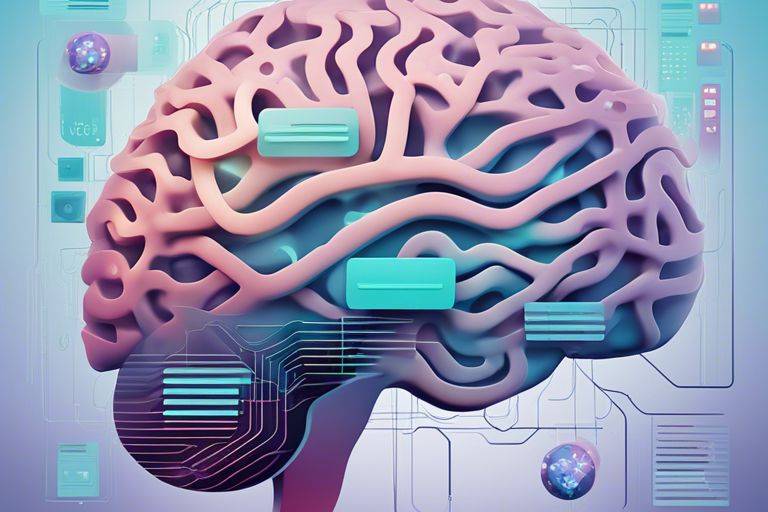
Maintenance and Upkeep
Reviewing and Updating Your System
Keep your second brain system running smoothly by regularly reviewing and updating it. It’s crucial to set aside dedicated time to go through your notes, tags, and saved information. This allows you to stay organized and ensure that your system is up to date with your current needs. Make it a habit to clean up outdated information and add new insights as they come in.
The Power of Regular Housekeeping
On a regular basis, take time to tidy up your second brain system by rearranging categories, updating tags, and deleting irrelevant or duplicate information. Regular housekeeping tasks can help you maintain a clutter-free and efficient system. Just as you would tidy up your physical workspace, keeping your digital workspace organized can lead to better productivity and clarity.
To keep your second brain system in top shape, consider setting up a schedule for routine maintenance. This could be weekly, bi-weekly, or monthly sessions where you dedicate time to review, update, and clean up your system. Consistent maintenance is key to preventing overwhelm and ensuring that your second brain remains a valuable tool in your workflow.
Maximizing Your Second Brain’s Potential
Many people start using a second brain system to help them organize and manage the overwhelming amount of information they encounter daily. To get the most out of your system, it’s imperative to fully integrate it into your daily life. This means making it a habit to input new information, review and organize existing information regularly, and utilize your system as a central hub for all your thoughts, ideas, and projects.
Integrating Your System into Daily Life
Life can get hectic, so finding ways to seamlessly incorporate your second brain system into your routine is key. Set aside dedicated time each day to update and review your system, whether it’s in the morning to plan your day or in the evening to reflect on what you’ve accomplished. By making your system a natural part of your daily life, you’ll maximize its potential to help you stay organized and focused.
Scaling Up – Dealing with More Complex Information
Brains With the growth of your second brain system, you may find yourself dealing with more complex information that requires a different approach. Consider creating separate folders or categories within your system to organize and categorize different types of information. Utilize tags, keywords, and cross-referencing to connect related information and make it easier to retrieve later on. By scaling up your system in a thoughtful and structured way, you can handle even the most intricate information with ease.
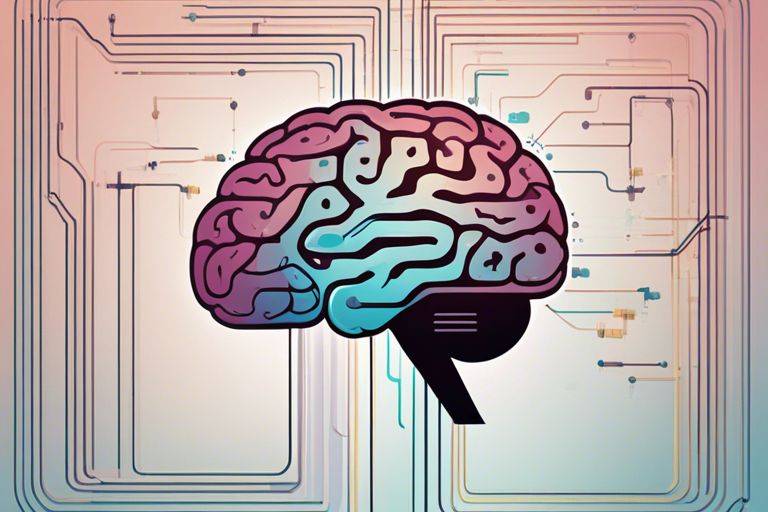
Final Reflections
Once again, I want to emphasize the power of implementing a Second Brain system in your life. In my blog post, “Second Brain — The Simple Way to Control Information Overload and Unlock Your Mind,” I explored the benefits of this innovative approach to organizing and managing information. By utilizing tools like note-taking apps and digital storage platforms, you can effectively capture, store, and retrieve valuable knowledge whenever you need it. Click here to read more about Second Brain.
Embracing a Life Free from Clutter
Finalize your journey towards decluttering your mind by embracing a life free from information overload. By consistently organizing and curating your Second Brain, you make room for clarity and focus in your daily life. Through keyword tagging, categorization, and regular reviews, you can ensure that the information you capture remains accessible and meaningful. Embrace the peace of mind that comes with knowing that all your valuable insights and ideas are securely stored and easily retrievable.
Continuing Your Journey
One key aspect of continuing your journey with your Second Brain is to stay consistent with your system. Regularly update, review, and refine your notes and knowledge repository to ensure that it remains current and relevant. Experiment with different tools and techniques to find what works best for you, and don’t be afraid to adapt your system as your needs evolve. Keep in mind, the power of your Second Brain lies in its ability to grow and adapt alongside you.
Plus, don’t forget the importance of protecting your digital information. Be mindful of cybersecurity threats and ensure that your data is securely backed up. By safeguarding your Second Brain, you safeguard your most valuable asset – your knowledge.
FAQ
Q: What is a Second Brain System?
A: A Second Brain System is a method of organizing and storing information effectively to enhance learning, productivity, and creativity.
Q: How can a Second Brain System help beat information overload?
A: By providing a structured framework for capturing, organizing, and retrieving information, a Second Brain System helps filter out irrelevant data and focus on what’s important.
Q: What are the key components of a robust Second Brain System?
A: The key components include capturing information, organizing it into a digital format, connecting ideas through links and tags, and regularly reviewing and updating the system.
Q: How can I start building my Second Brain System?
A: You can start by selecting a digital tool or platform that suits your needs, organizing existing information into categories, and gradually incorporating new content as you come across it.
Q: What are some popular tools for implementing a Second Brain System?
A: Popular tools include Notion, Evernote, Roam Research, and Microsoft OneNote, each offering unique features for capturing, organizing, and connecting information.
Q: How can a Second Brain System improve my productivity?
A: By centralizing information and ideas in one accessible place, a Second Brain System reduces the time spent searching for resources and fosters creativity by facilitating connections between concepts.
Q: How can I maintain and optimize my Second Brain System over time?
A: Regularly reviewing and updating your system, refining organizational structures, and incorporating feedback and insights from the information you store are key to maintaining and optimizing your Second Brain System.
